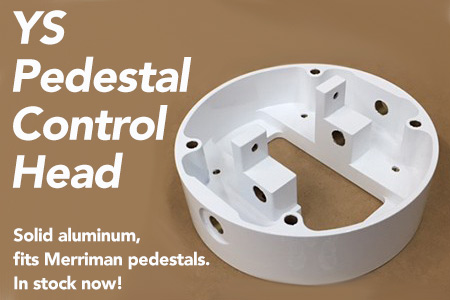Hunter 23.5 Sailboat Owners Manual
SA/Disp.:A sail area/displacement ratio below 16 would be considered under powered;16 to 20 would indicate reasonably good performance;above 20 suggests relatively high performance.Bal./Disp.:A Bal./Disp. Ratio of 40 or more translates into a stiffer, more powerful boat that will be better able to stand up to the wind.Disp./Len.:The lower a boat's D/L ratio, the less power it takes to drive the boat to its nominal hull speed.less than 100 = Ultralight;100-200 = Light;200-275 = Moderate;275-350 = Heavy;350+ = Ultraheavy;Comfort Ratio:This is a ratio created by Ted Brewer as a measure of motion comfort. It provides a reasonable comparison between yachts of similar type.
It is based on the fact that the faster the motion the more upsetting it is to the average person. Consider, though, that the typical summertime coastal cruiser will rarely encounter the wind and seas that an ocean going yacht will meet.Numbers below 20 indicate a lightweight racing boat;20 to 30 indicates a coastal cruiser;30 to 40 indicates a moderate bluewater cruising boat;40 to 50 indicates a heavy bluewater boat;over 50 indicates an extremely heavy bluewater boat.Capsize Screening Formula (CSF):Designed to determine if a boat has blue water capability. The CSF compares beam with displacement since excess beam contributes to capsize and heavy displacement reduces capsize vulnerability. The boat is better suited for ocean passages (vs coastal cruising) if the result of the calculation is 2.0 or less. The lower the better.S#:S# first appeared (that we know of) in TellTales, April 1988, “On a Scale of One to Ten” by A.P.
The equation incorporates SA/Disp (100% fore triangle) and Disp/length ratios to create a guide to probable boat performance vs. Other boats of comparable size. For boats of the same length, generally the higher the S#, the lower the PHRF.Under 2 - Slow, under powered.2-3 - Cruiser3-5 - Racer Cruiser5+ - Fast/Racing.
Hunter 23.5 Sailboat Owners Manual Template



SA/Disp.:A sail area/displacement ratio below 16 would be considered under powered;16 to 20 would indicate reasonably good performance;above 20 suggests relatively high performance.Bal./Disp.:A Bal./Disp. Ratio of 40 or more translates into a stiffer, more powerful boat that will be better able to stand up to the wind.Disp./Len.:The lower a boat's D/L ratio, the less power it takes to drive the boat to its nominal hull speed.less than 100 = Ultralight;100-200 = Light;200-275 = Moderate;275-350 = Heavy;350+ = Ultraheavy;Comfort Ratio:This is a ratio created by Ted Brewer as a measure of motion comfort. It provides a reasonable comparison between yachts of similar type. It is based on the fact that the faster the motion the more upsetting it is to the average person. Consider, though, that the typical summertime coastal cruiser will rarely encounter the wind and seas that an ocean going yacht will meet.Numbers below 20 indicate a lightweight racing boat;20 to 30 indicates a coastal cruiser;30 to 40 indicates a moderate bluewater cruising boat;40 to 50 indicates a heavy bluewater boat;over 50 indicates an extremely heavy bluewater boat.Capsize Screening Formula (CSF):Designed to determine if a boat has blue water capability. The CSF compares beam with displacement since excess beam contributes to capsize and heavy displacement reduces capsize vulnerability.
The boat is better suited for ocean passages (vs coastal cruising) if the result of the calculation is 2.0 or less. The lower the better.S#:S# first appeared (that we know of) in TellTales, April 1988, “On a Scale of One to Ten” by A.P. The equation incorporates SA/Disp (100% fore triangle) and Disp/length ratios to create a guide to probable boat performance vs. Other boats of comparable size. For boats of the same length, generally the higher the S#, the lower the PHRF.Under 2 - Slow, under powered.2-3 - Cruiser3-5 - Racer Cruiser5+ - Fast/Racing.